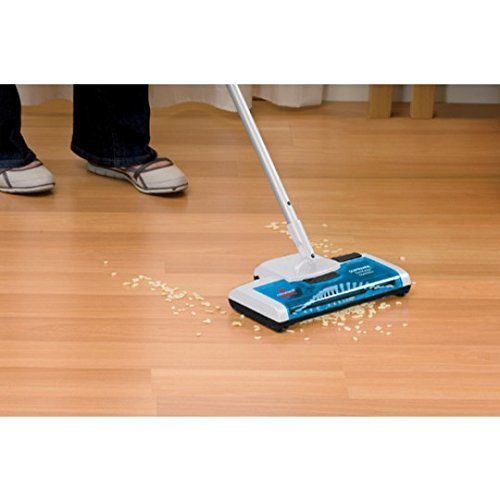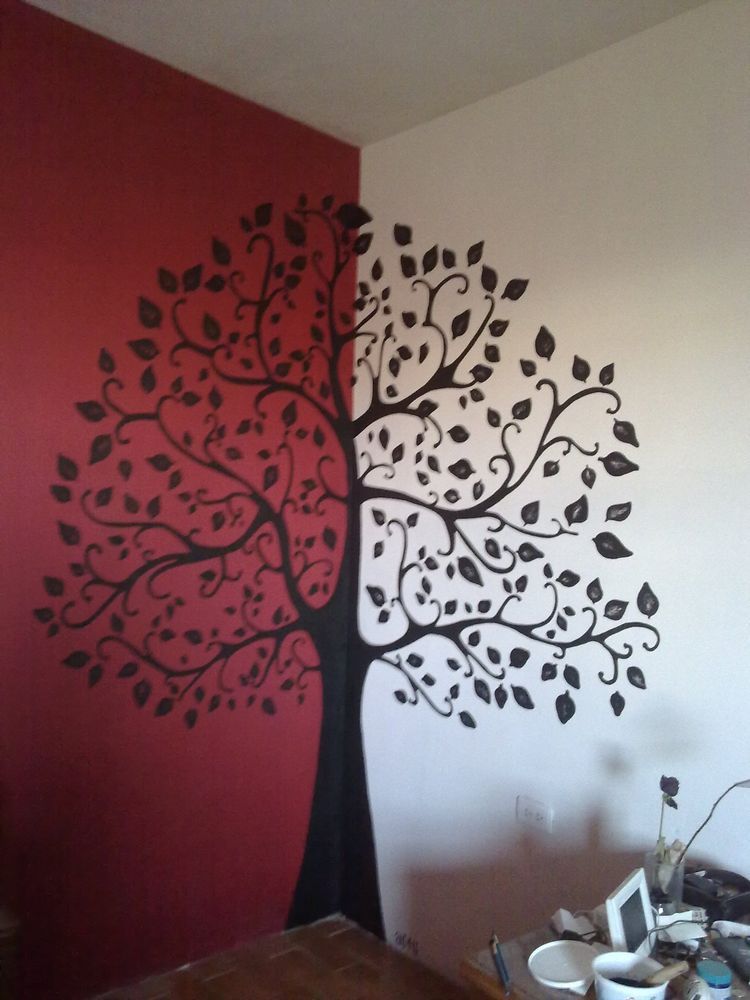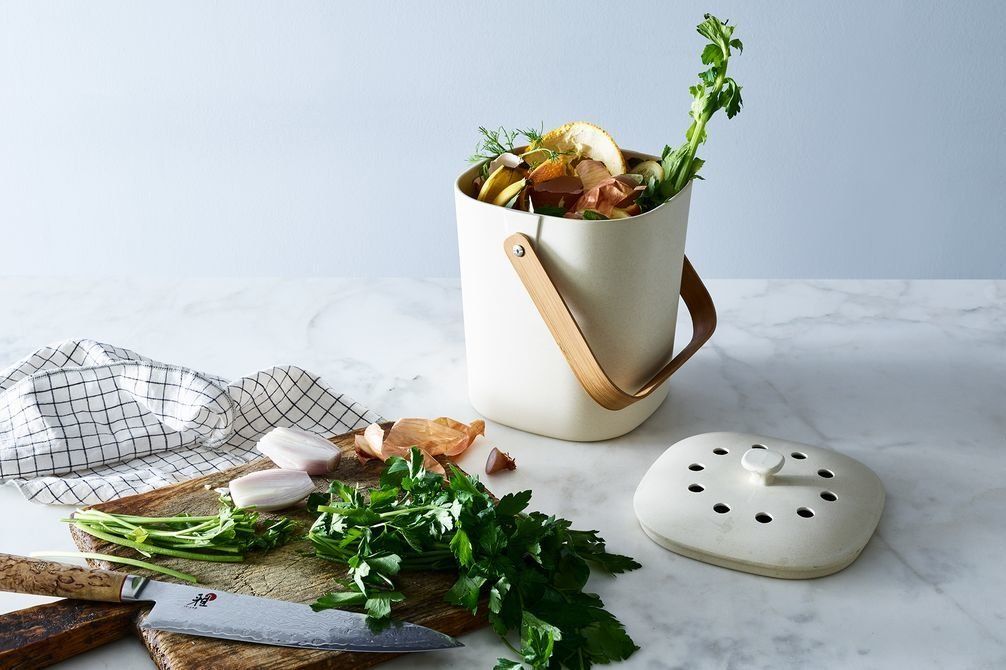Best balcony trees
10 Best Trees for Balconies
23 shares
- Share
- Tweet
If you live in an apartment and you need a bit more greenery in your life, a balcony tree might be just what you need.
In this article I’ll share my tips for choosing the right tree for your balcony, how to prepare your soil, and tips for watering and fertilizing your tree.
This post contains affiliate links. Please read the disclosure for more info.
Benefits of balcony trees
Trees provide a number of benefits for apartment-dwellers including reducing noise pollution and helping to clean the air by absorbing carbon dioxide and releasing oxygen.
In hot weather, trees can provide much-needed shade and they can even help to lower the temperature of your apartment. [1]
Trees also have the added benefit of providing privacy from neighboring apartments.
If you’re looking for a way to improve your quality of life and make your balcony more enjoyable you should definitely consider growing a tree.
10 Best Trees for Balconies
1. Citrus trees
Dwarf citrus trees are a great choice for balconies because they are small and compact, but they still produce full-sized fruit.
If you live in a warm climate, lemon, lime, orange, and mandarin trees can all be grown on a balcony.
Just make sure to choose a dwarf citrus variety that is specifically bred for containers.
2. Japanese Maple
(Acer palmatum)Dwarf Japanese Maple trees are perfect for adding a touch of elegance to your balcony garden.
These slow-growing trees have beautiful foliage in shades of red, orange, and yellow so they’re sure to add interest to your balcony.
3. Fig tree
(Ficus carica)Fig trees are another great option for balconies because they can be grown in containers and produce delicious fruit.
Figs come in many different varieties, so you can choose one that is best suited to your climate.
4. Olive tree (
Olea europaea)If you live in a warm climate, consider growing an olive tree on your balcony.
Olive trees can thrive in containers, making them a great choice for small spaces.
5. Pomegranate tree
(Punica granatum)Pomegranate trees are a great choice for balcony gardens because they produce delicious fruit and require very little maintenance.
Pomegranates are drought-tolerant and grow well in containers, making them a perfect option for those with limited space.
6. Camellia
(Camellia sasanqua / Camellia japonica)Camellias are beautiful flowering plants that add a touch of elegance to any balcony.
They grow best in partial shade and will need protection from strong afternoon sun, especially in warm climates.
7. Azalea
(Rhododendron spp.)Azaleas are another type of flowering plant that are great for containers.
They come in a variety of colors and can brighten up any space.
Azaleas are also relatively low-maintenance, making them a great choice for those with limited time.
8.
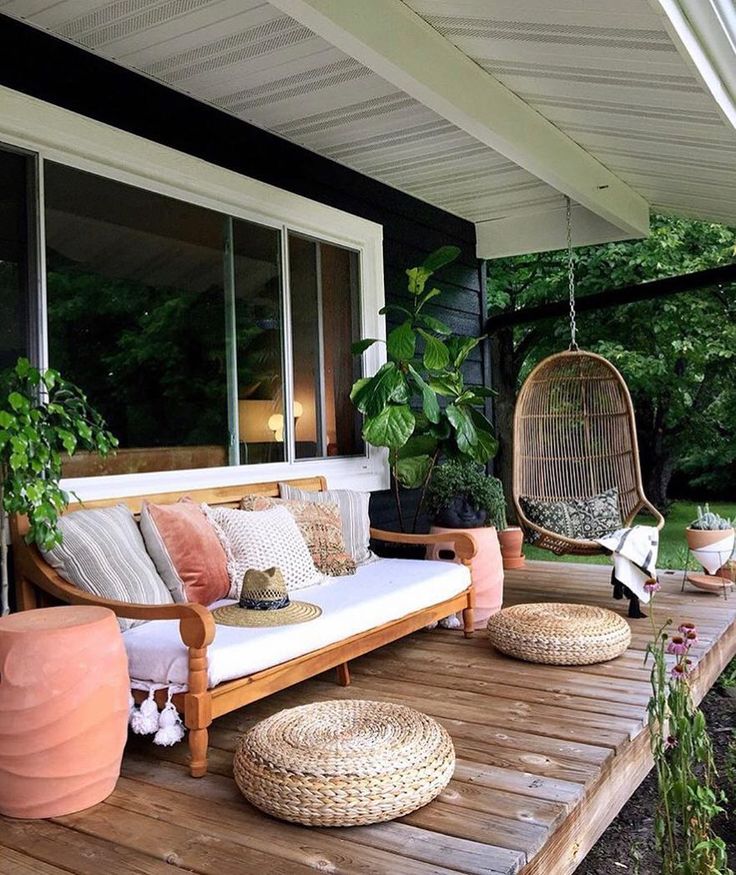 Crape Myrtle (Lagerstroemia indica)
Crape Myrtle (Lagerstroemia indica)Crape Myrtles are small deciduous trees that are perfect for balconies.
They have beautiful flowers in a variety of colors, and their compact size makes them ideal for small spaces.
9. Southern Magnolia (
Magnolia grandiflora)Southern magnolias are a beautiful choice for any garden and they can also be grown on balconies, but they’ll need to be pruned regularly to keep them compact.
Magnolias are hardy trees and grow well in partial to full sun.
10. Bay Laurel tree (
Laurus nobilis)The last tree on this list is the Bay Laurel, an evergreen tree with shiny green foliage.
The great thing about having a Bay Laurel tree is that you can pick the leaves and add them to soups and stews for a delicious aromatic flavor.
Choosing the right tree
Before you buy a tree for your balcony, there are a few things you need to consider.
The first is the size of the tree and its root system. You’ll need to make sure that the tree you choose is appropriate for the size of your balcony.
You’ll need to make sure that the tree you choose is appropriate for the size of your balcony.
You also need to consider the amount of sunlight that your balcony receives.
Some trees require more sunlight than others, so be sure to choose a tree that will thrive in the conditions you can provide.
How to grow a potted tree on a balcony
The type of pot you choose for your tree is just as important as the tree itself.
You’ll want to choose a pot that is large enough to accommodate the roots of your tree, but not so large that it becomes cumbersome to move.
It’s a good idea to place the pot on a plant stand with wheels before you start filling it up with soil so that you can move it around easily.
You’ll also want to make sure that the pot has drainage holes in the bottom to allow excess water to escape.
Once you’ve chosen the right tree and the pot, you can begin preparing your soil.
The best way to prepare your soil is to mix it with organic matter, such as compost or aged manure.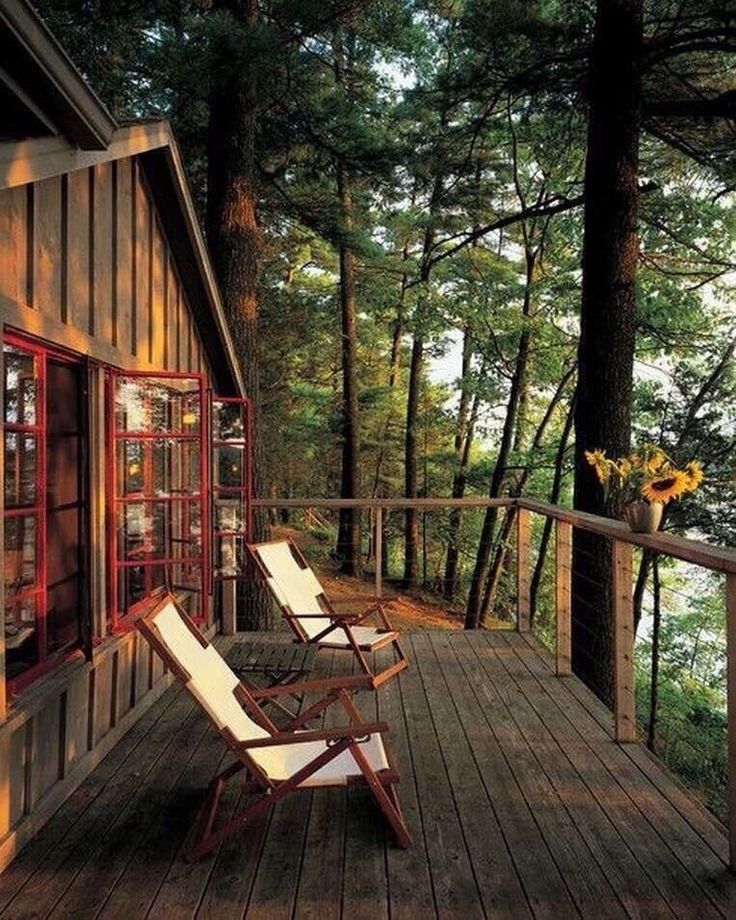
This will help to improve drainage and aeration while also providing essential nutrients for your tree.
When it comes to watering your tree, the most important thing is to not over-water it.
Make sure that you only water your tree when the top inch of soil is dry and be sure to check the drainage holes in your pot to make sure that they’re not blocked.
Fertilizing your tree is also important for optimal growth.
The best way to fertilize your tree is to use a slow-release fertilizer. That way you’ll only need to fertilize your tree once a year, in the spring.
RELATED ARTICLES
- How to Grow Geraniums in Window Boxes
- How To Grow Coral Bells In Pots
- How To Care For Hanging Baskets
Trees are a wonderful addition to any balcony, but they do require some extra care and attention.
With a little bit of effort, you can enjoy all the benefits of a tree on your balcony and create a beautiful green oasis in the city.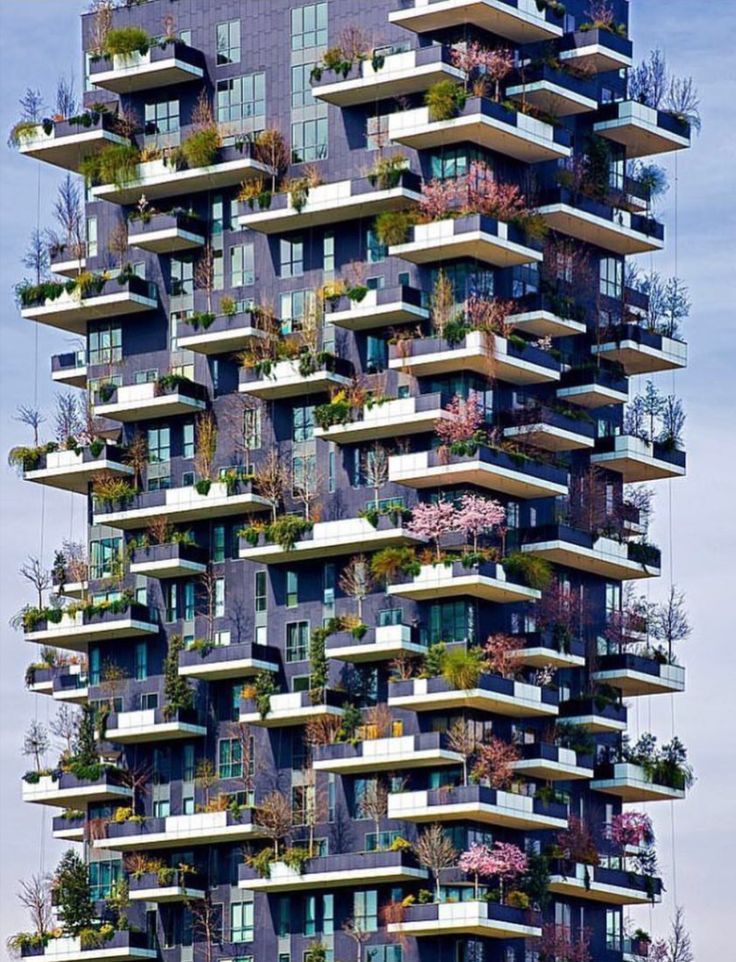
Do you have any trees growing on your balcony? Let me know in the comments below.
Are you on Pinterest? I have boards dedicated to Urban Gardens and Gardening Tips that you may enjoy. You can also find me on Facebook.
23 shares
- Share
- Tweet
13 Best Small Trees for Patios
By
Lisa Hallett Taylor
Lisa Hallett Taylor
Lisa Hallett Taylor is an expert in architecture and landscape design who has written more than 1,000 articles about pool, patio, garden, and home improvement over 12 years. She has a bachelor's degree in Environmental Design and is certified in fine and decorative arts appraisal.
Learn more about The Spruce's Editorial Process
Updated on 12/19/22
Reviewed by
Kathleen Miller
Reviewed by Kathleen Miller
Kathleen Miller is a highly-regarded Master Gardener and Horticulturist who shares her knowledge of sustainable living, organic gardening, farming, and landscape design.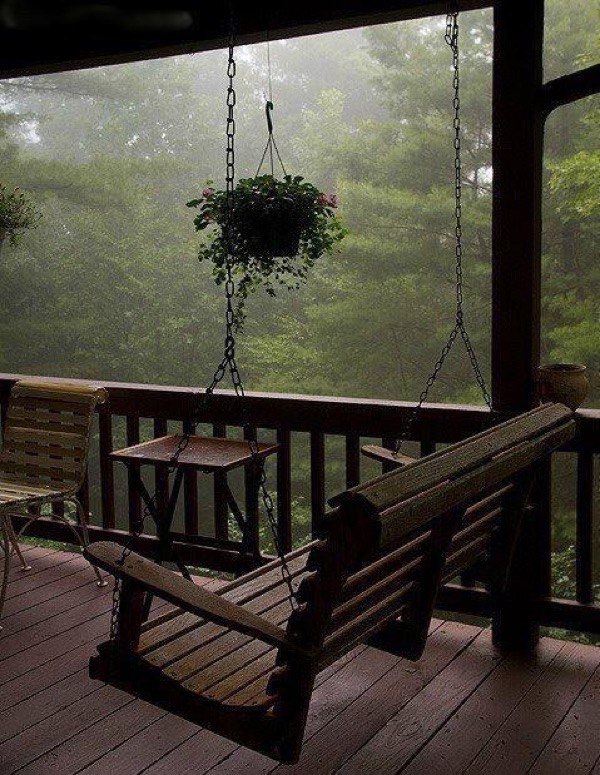 She founded Gaia's Farm and Gardens, a working sustainable permaculture farm, and writes for Gaia Grows, a local newspaper column. She has over 30 years of experience in gardening and sustainable farming.
She founded Gaia's Farm and Gardens, a working sustainable permaculture farm, and writes for Gaia Grows, a local newspaper column. She has over 30 years of experience in gardening and sustainable farming.
Learn more about The Spruce's Review Board
The Spruce / Tara Anand
Small trees on patios or decks can serve as natural focal points, add privacy, frame views, provide shade, and even bear fruit. Many of these trees can grow well in containers or raised beds. Some have special features, including flowers, attractive bark, and vivid fall colors. However, the features of certain trees might be too messy for your taste, dropping seeds, flowers, fruits, and more. So it's important to know all of a tree's traits, as well as whether it thrives in your climate, before committing. Here are 13 of the best small trees to grow around a patio or deck.
Tip
To find the right tree for your space, first consider its mature height and width. Also, note whether its roots tend to crack or lift up pavement, which wouldn't be ideal right next to a patio.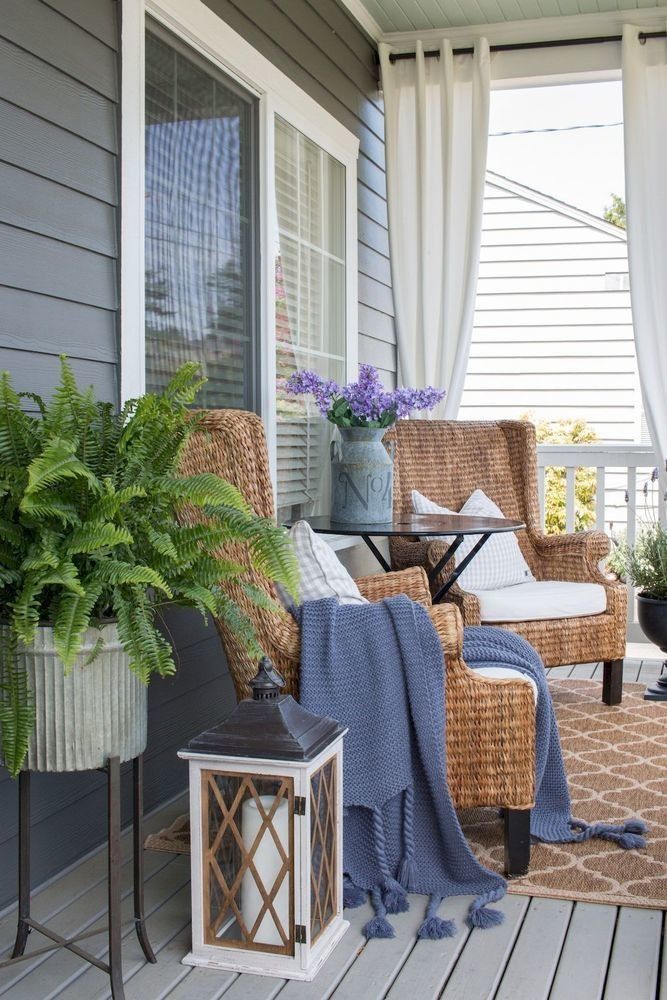 And if you plan to grow your tree in a container, make sure you'll be able to repot it whenever the roots need more space.
And if you plan to grow your tree in a container, make sure you'll be able to repot it whenever the roots need more space.
25 Popular Small Trees for Landscaping
-
01 of 13
The Spruce / K. Dave
A chaste tree is a Mediterranean and Asian native with multiple trunks that can be trained to make a nice shade tree. Leaves of the chaste are aromatic, and it produces small, fragrant flowers on spikes during the summer and fall. Varieties 'Silver Spire' and 'Alba' have white blossoms while 'Latifolia' and 'Rosea' have pink flowers. This tree can also be pruned into a shrub. Annual pruning during the late winter is recommended to maintain its shape. Moreover, the tree is heat-tolerant and resistant to oak root fungus.
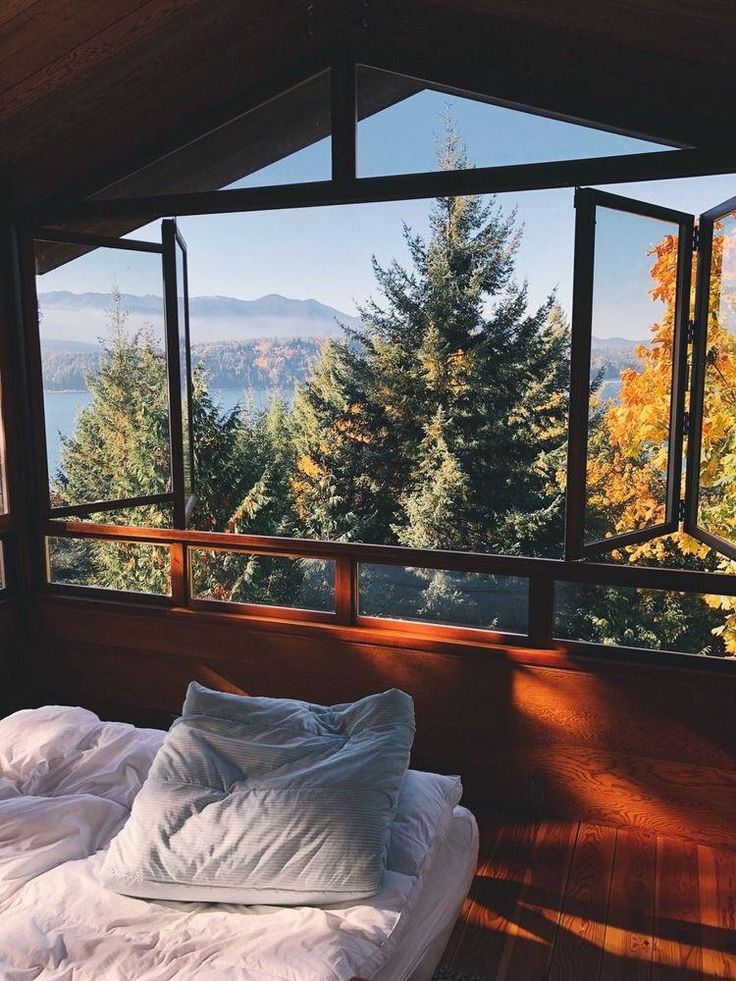
- USDA Growing Zones: 6 to 9
- Color Varieties: Lavender-blue, white, pink
- Sun Exposure: Full sun
- Soil Needs: Loose, well-drained, medium moisture
-
02 of 13
Kumquat (Citrus japonica)
The Spruce / Kerry Michaels
Kumquat trees can be grown in the ground or in pots. In the ground, they can grow to a mature size of 8 feet tall and 6 feet wide; container-grown trees are generally much smaller. Kumquats have beautiful dark green leaves and pretty orange flowers that turn into tangy edible fruit. Potted kumquats make great patio accents with their sweet-smelling blooms and bright orange fruits. They must be moved indoors for the winter in zones 8 and below. Moreover, it’s recommended to repot them every two to three years into a slightly larger container. Also, fertilize them throughout the growing season.
- USDA Growing Zones: 9 to 10
- Color Varieties: White
- Sun Exposure: Full sun
- Soil Needs: Moist, sandy loam or clay
-
03 of 13
The Spruce / Adrienne Legault
Japanese maple trees are naturally small (up to about 15 feet tall) and work well in the ground or in containers.
 Just be ready to repot your tree into a larger container every other year or so. The best varieties of Japanese maples for containers are the kinds with weeping branches and finely cut, threadlike leaves. This includes the 'Dissectum', 'Red Dragon', 'Burgundy Lace', 'Crimson Queen', 'Butterfly', and 'Mikawa Yatsubusa' varieties. Japanese maples require little pruning. Remove dead, diseased, or damaged branches as you spot them, and prune for shape if you wish.
Just be ready to repot your tree into a larger container every other year or so. The best varieties of Japanese maples for containers are the kinds with weeping branches and finely cut, threadlike leaves. This includes the 'Dissectum', 'Red Dragon', 'Burgundy Lace', 'Crimson Queen', 'Butterfly', and 'Mikawa Yatsubusa' varieties. Japanese maples require little pruning. Remove dead, diseased, or damaged branches as you spot them, and prune for shape if you wish. - USDA Growing Zones: 5 to 8
- Color Varieties: Red-purple
- Sun Exposure: Full sun to part shade
- Soil Needs: Moist, rich, well-drained, slightly acidic
-
04 of 13
The Spruce / Krystal Slagle
Ficus trees can grow to heights of 50 feet or more in the wild, but in the home environment they are most commonly grown as houseplants. This small tree's bright green leaves and twisty, arching branches make it an eye-catching feature in any location.
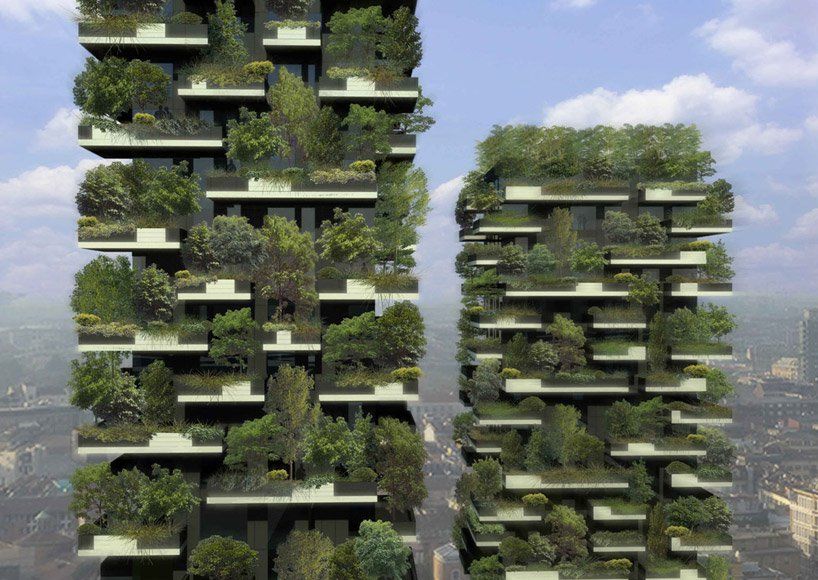 Ficus benjamina, or weeping fig, makes a versatile patio plant that transitions easily from indoors to outdoors. It is hardy only to zone 10 but can be brought outside in cold-winter climates after the threat of spring frost has passed. Your ficus will benefit from monthly fertilization during the growing season, but then you can back off the fertilizer in the winter.
Ficus benjamina, or weeping fig, makes a versatile patio plant that transitions easily from indoors to outdoors. It is hardy only to zone 10 but can be brought outside in cold-winter climates after the threat of spring frost has passed. Your ficus will benefit from monthly fertilization during the growing season, but then you can back off the fertilizer in the winter. - USDA Growing Zones: 10 to 12
- Color Varieties: Insignificant bloom
- Sun Exposure: Full sun to part shade
- Soil Needs: Rich, moist, well-drained
-
05 of 13
European Fan Palm (Chamaerops humilis)
The Spruce / Almar Creative
The striking silhouettes of palm trees are perfect for instantly adding a look of the tropics to your patio or deck. In addition to European fan palms, there are several other species suitable for small spaces, including the pygmy date palm (Phoenix roebelenii), paradise palm (Howea forsteriana), lady palm (Rhapis excelsa), Chinese fan palm (Livistona chinensis), and windmill palm (Trachycarpus fortunei).
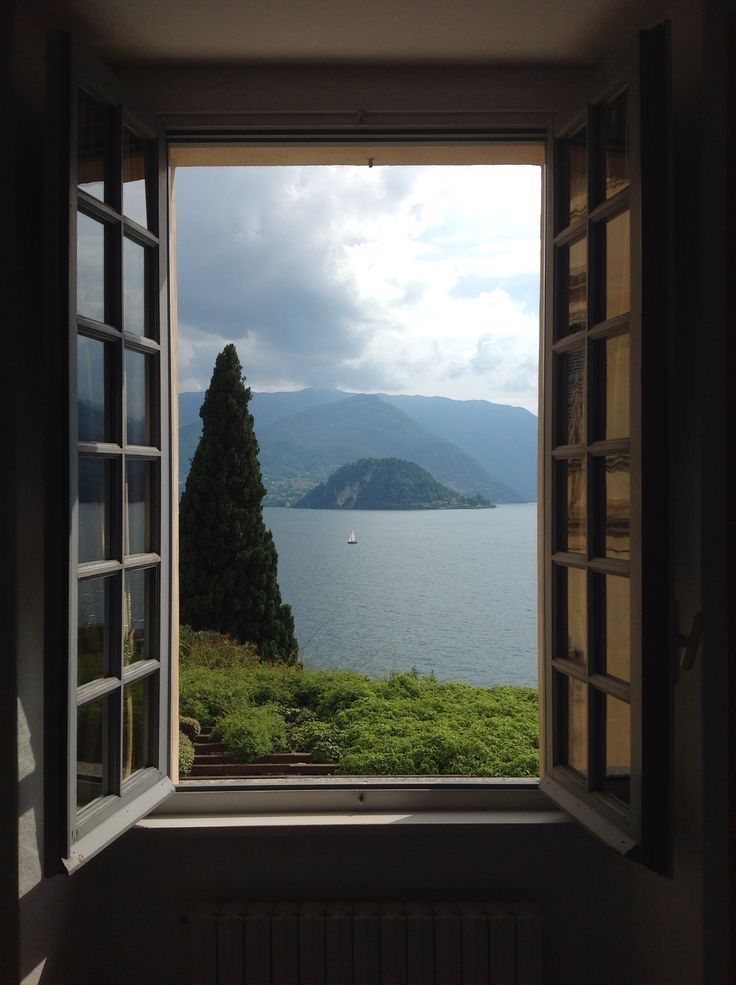 Fertilize your palm throughout the growing season, and prune off dead or diseased portions as you spot them. Also, be sure not to overwater, as this can kill a palm.
Fertilize your palm throughout the growing season, and prune off dead or diseased portions as you spot them. Also, be sure not to overwater, as this can kill a palm. - USDA Growing Zones: 9 to 11
- Color Varieties: Yellow
- Sun Exposure: Full sun to part shade
- Soil Needs: Rich, moist, well-drained
-
06 of 13
Ornamental Crabapple (Malus)
The Spruce / Adrienne Legault
Ornamental crabapple plants are admired more for their brief but lovely display of red, pink, or white flowers than for their edible fruits. The smallest varieties can be planted in containers while other types can be trained against a wall or fence as an espalier. Also known as flowering crabapple trees, the varieties suitable for large containers include 'Centurion', 'Indian magic', Japanese (M. floribunda), and Sargent (M. sargentii). Crabapple trees are somewhat drought tolerant once they’re mature, but don’t let their soil dry out.
 If there is a stretch without rain, especially during warmer months, water your tree. Also, they generally require little pruning outside of removing dead, damaged, or diseased branches.
If there is a stretch without rain, especially during warmer months, water your tree. Also, they generally require little pruning outside of removing dead, damaged, or diseased branches. - USDA Growing Zones: 4 to 8
- Color Varieties: Red, pink, white
- Sun Exposure: Full sun
- Soil Needs: Rich, medium moisture, well-drained
-
07 of 13
Ornamental Cherry or Plum (Prunus)
The Spruce / Loren Probish
Small, flowering Prunus trees are variously called cherry or plum trees. They typically have dark purple foliage, as well as white, pink, or red flowers, depending on the variety. They are suitable for large containers or raised beds. Some of these trees are susceptible to insect issues and fungal diseases. So prune your tree to slightly thin the branches and improve air circulation, which can help to prevent these problems.
Small varieties of plums include the purple leaf plum (Prunus cerasifera), Krauter Vesuvius purple leaf plum (Prunus cerasifera 'Krauter Vesuvius'), and double pink flowering plum (Prunus x blireiana).
 Small flowering cherry trees include purple leaf sand cherry (Prunus x cistena), Yoshino cherry (Japanese flowering cherry; Prunus x yedoensis), 'Albertii' (Prunus padus), and 'Okame' (Prunus incisa x Prunus campanulata).
Small flowering cherry trees include purple leaf sand cherry (Prunus x cistena), Yoshino cherry (Japanese flowering cherry; Prunus x yedoensis), 'Albertii' (Prunus padus), and 'Okame' (Prunus incisa x Prunus campanulata). - USDA Growing Zones: 5 to 8
- Color Varieties: White, pink, red
- Sun Exposure: Full sun to part shade
- Soil Needs: Medium moisture, well-drained
-
08 of 13
Pine (Pinus)
The Spruce / Evgeniya Vlasova
Because pines are evergreen, they give you something green to look at on your patio throughout the year. Plus, they maintain some shade and privacy year-round. With frequent pruning, you can keep a pine small if you wish. Several species are suitable for patios or decks, including lacebark pine (Pinus bungeana), evergreen Swiss stone pine (Pinus cembra), and evergreen Japanese red pine (Pinus densiflora).
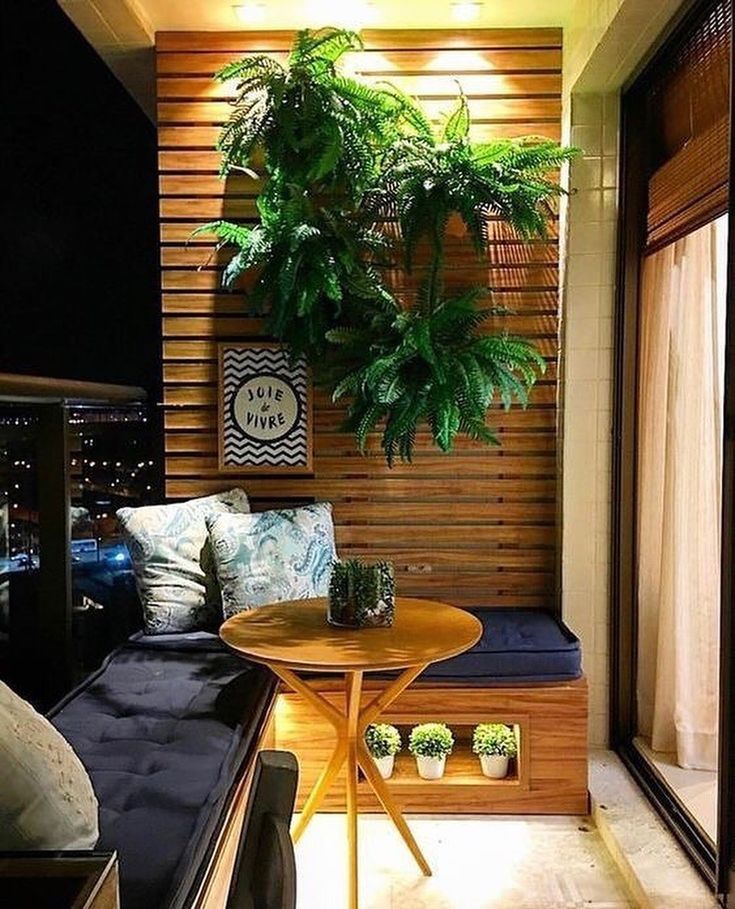 In large containers, consider growing evergreen Mugo pine (Pinus mugo) or evergreen Japanese black pine (Pinus thunbergiana). Pine trees generally require little care. Water your tree during prolonged dry spells, and fertilize annually if your soil is poor.
In large containers, consider growing evergreen Mugo pine (Pinus mugo) or evergreen Japanese black pine (Pinus thunbergiana). Pine trees generally require little care. Water your tree during prolonged dry spells, and fertilize annually if your soil is poor. - USDA Growing Zones: 2 to 8
- Color Varieties: Nonflowering
- Sun Exposure: Full sun to part shade
- Soil Needs: Fertile, well-drained, medium moisture
40 Species of Pine Trees You Can Grow
-
09 of 13
The Spruce / Adrienne Legault
The smoke tree, also referred to as the smoke bush, is known for its stunning dark reddish-purple leaves and silky hairs that resemble puffs of smoke. It can be grown in a large container or near a deck or patio. The "smoke" effect is created by the fluffy hairs that follow the tree's (insignificant) flowers in the spring. The hairs turn pink and then purple as summer progresses.
 Lightly prune the tree as needed in the early spring for the best blooming.
Lightly prune the tree as needed in the early spring for the best blooming. - USDA Growing Zones: 5 to 8
- Color Varieties: Yellow
- Sun Exposure: Full sun
- Soil Needs: Average, medium moisture, well-drained
-
10 of 13
The Spruce / Leticia Almeida
You will need at least two pear trees for optimal cross-pollination and fruit. Alternatively, choose Anjou or Bartlett if you have room for only one tree, as these varieties are able to pollinate themselves to some degree. Other suitable varieties for patio areas include: snow pear (Pyrus nivalis), Manchurian pear (Pyrus ussuriensis), edgedell pear (fl x P. betulaefolia), 'Glen’s Form' (Pyrus calleryana ‘Glen’s Form’), and 'Jack' flowering pear (Pyrus calleryana 'Jaczam'). Pear trees typically can tolerate wet soil, though you must ensure that your tree has good drainage.
 The trees are susceptible to a disease called fire blight, so it’s important to promptly prune off infected portions to help stop the spread.
The trees are susceptible to a disease called fire blight, so it’s important to promptly prune off infected portions to help stop the spread. - USDA Growing Zones: 5 to 9
- Color Varieties: White
- Sun Exposure: Full sun to part shade
- Soil Needs: Moist, humusy, well-drained
-
11 of 13
The Spruce / Almar Creative
Sweet bay is a small, slender evergreen with a conical form. Its foliage is dark green and highly aromatic. The leaves are the same bay leaves that are used in many types of cooking. A good choice for containers on decks or patios, it can be pruned into a topiary or hedge. Planted in the garden, it is drought-tolerant. But you should water it during prolonged dry spells. Also, while this plant likes a lot of light, protect your tree from hot afternoon sun during the warmest months of the year.
- USDA Growing Zones: 8 to 10
- Color Varieties: Yellow-green
- Sun Exposure: Full sun to part shade
- Soil Needs: Rich, moist, well-drained
-
12 of 13
The Spruce / Gyscha Rendy
Crepe myrtle trees (or shrubs) are well known in the southern United States for their showy pinkish blooms, gorgeous bark, and beautiful fall foliage.
 You can grow full-size varieties in large containers; they will reach about 10 feet tall. There are also many smaller trees, such as 'Acoma', 'Yuma', 'Zuni', 'Catawba', 'Comanche', 'Hopi', 'Centennial', 'Chica Pink', 'Chica Red', 'Glendora White', 'Peppermint Lace', 'Pink Velour', 'Seminole', and 'White Chocolate' varieties. Avoid excessive fertilization, as this can promote leaf growth over blooming. Also, extensive pruning usually isn’t necessary, though you can prune for shape if you wish in the early spring.
You can grow full-size varieties in large containers; they will reach about 10 feet tall. There are also many smaller trees, such as 'Acoma', 'Yuma', 'Zuni', 'Catawba', 'Comanche', 'Hopi', 'Centennial', 'Chica Pink', 'Chica Red', 'Glendora White', 'Peppermint Lace', 'Pink Velour', 'Seminole', and 'White Chocolate' varieties. Avoid excessive fertilization, as this can promote leaf growth over blooming. Also, extensive pruning usually isn’t necessary, though you can prune for shape if you wish in the early spring. - USDA Growing Zones: 6 to 9
- Color Varieties: White, pink
- Sun Exposure: Full sun
- Soil Needs: Average, medium moisture, well-drained
-
13 of 13
The Spruce / Loren Probish
Besides being absolutely gorgeous, wisteria can be trained as a vine, shrub, or small tree. To train it as a tree, remove all but one stem, and secure that stem by tying it to a stake.
 When it reaches the desired height, prune or pinch the branch tips to force more branching. Wisteria can also be grown to cover an arbor or pergola. The two common species are Chinese wisteria (Wisteria sinensis) and Japanese wisteria (W. floribunda). Fertilizer usually isn’t necessary unless you have poor soil. But you can add a layer of compost to promote blooming and healthy growth.
When it reaches the desired height, prune or pinch the branch tips to force more branching. Wisteria can also be grown to cover an arbor or pergola. The two common species are Chinese wisteria (Wisteria sinensis) and Japanese wisteria (W. floribunda). Fertilizer usually isn’t necessary unless you have poor soil. But you can add a layer of compost to promote blooming and healthy growth. - USDA Growing Zones: 5 to 8
- Color Varieties: White, pink, purple
- Sun Exposure: Full sun
- Soil Needs: Moist, rich, well-drained
Article Sources
The Spruce uses only high-quality sources, including peer-reviewed studies, to support the facts within our articles. Read our editorial process to learn more about how we fact-check and keep our content accurate, reliable, and trustworthy.
Queen Palm Problems. University of California Agriculture and Natural Resources.
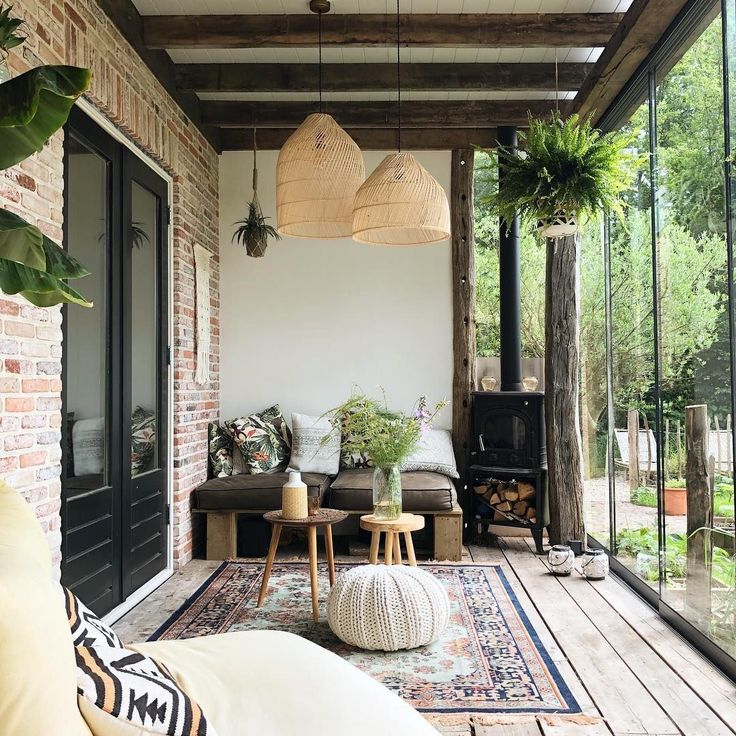
Disease and Insect Resistant Ornamental Plants. Cornell Cooperative Extension.
Fire Blight of Ornamental Pear. University of Arkansas System Division of Agriculture Research and Extension.
Balcony wood selection | Gardening
Acer palmatum cv Little princess.
Image - Garndingexpress.co.uk
Would you like to own a tree but don't have land? Do not worry! Many of them can be grown in a pot from your balcony. If you want to know which ones, in this special issue you will be able to learn not only about the main characteristics of each of them, which I am going to recommend, but also about how they should be taken care of.
So, without further ado here is a list of balcony trees with which you can enjoy your home even more. 🙂
Index
- 1 Which trees can be placed on the balcony?
- 1.
 1 choice
1 choice - 1.1.1 Dlanical maple
- 1.1.2 albizia julibrissin
- 1.1.3 Camellia
- 1.1.4 Citrum
- 1.1.5 Gamamelis
9001 do you care about them? - 2.1 Ubicacion
- 2.2 irrigation
- 2.3 Substrate
- 2.4 subscriber
- 2.5 Poda
- 1.
What kind of trees can be placed on the balcony?
When choosing a tree for a balcony, always remember that not all of those that we find in children's rooms can live in pots. Either because their root system is very strong, or because they reach too large a size to fit in a container, there are many tree species that will have to end up on the ground sooner or later. nine0004
Then, How do you know if a tree is suitable for pots? Well, it's not easy, but from experience I can tell you what this plant should be like:
Subscribe to our Youtube channel
- The trunk is thin when ripe, not more than 30 cm thick.
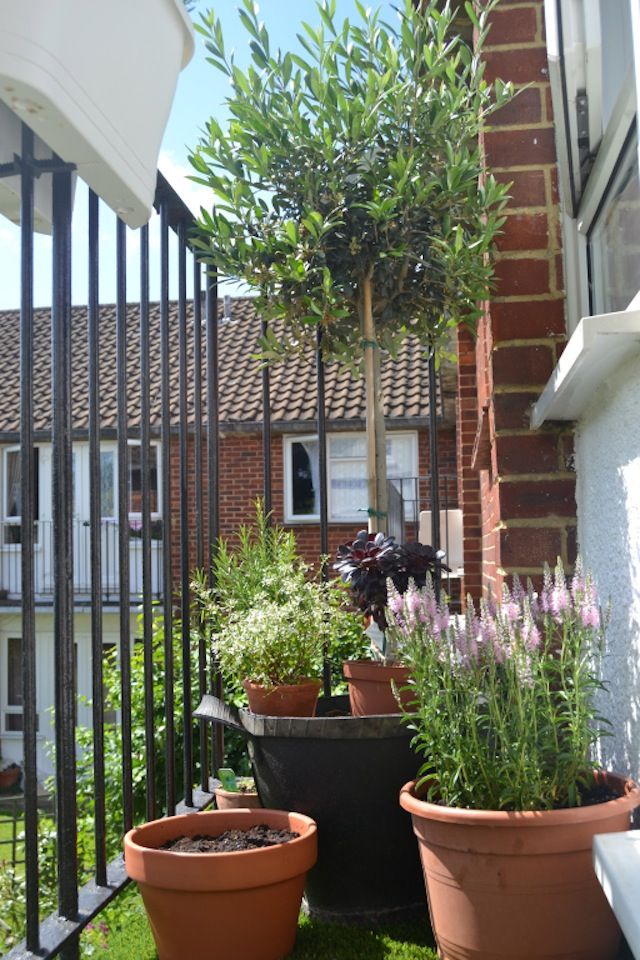
- Has small leaves.
- May flower very young.
select
Palm Maple
Image - Lowes.com
Known as the Japanese maple, it is a deciduous tree native to East Asia. nine0008 Reaches a height of 2 to 10 meters. depending on the species and/or variety. It has palmate leaves that turn reddish or orange in autumn.
Withstands down to -15ºC. He cannot live in a tropical climate.
Albizia julibrissin
Known as the silk tree, the silky-flowered locust or the Constantinople locust, it is a deciduous tree native to Southeast and East Asia. Reaches a height of about 15 meters. nine0009, with a more or less umbrella-like crown of bipetal leaves. Blooms in spring.
Withstands down to -4ºC.
Camellia
Camellia is a genus of shrubs and trees native to Asia, they can reach a height of 2 to 10 meters . They have simple, lanceolate, glossy, dark green leaves.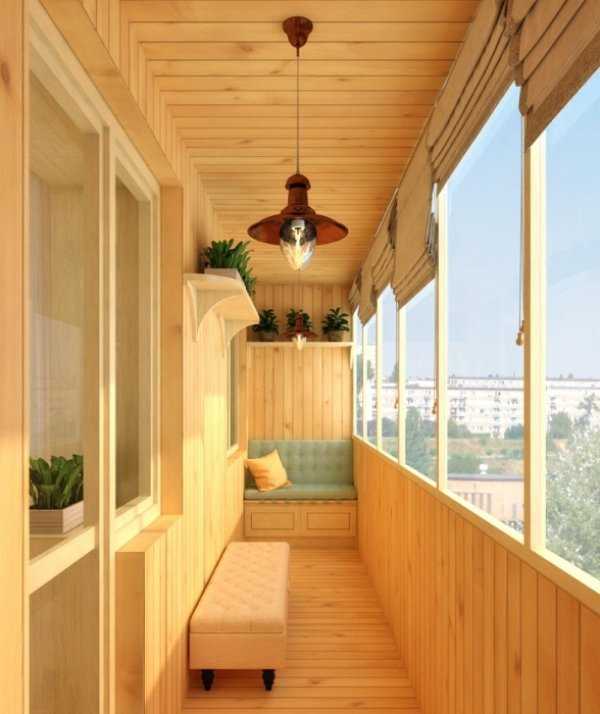 They have very decorative flowers, solitary or double, white, red, pink or yellow.
They have very decorative flowers, solitary or double, white, red, pink or yellow.
They are resistant to frost down to -3°C.
citrus fruits
Citrus fruits such as mandarin, lemon, orange, kumquat, etc. are evergreen trees that they barely exceed 5 meters in height . They produce edible fruit except for the lemon tree 🙂 and are very easy to keep in a pot.
Depending on the type, they withstand up to -5ºC.
Witch Hazel
- Hamamelis in autumn.
Witch hazel is a genus of a group of small trees or deciduous shrubs native to North America and Southeast Asia. They reach a height of 3 to 8 meters. . The leaves are alternate, oval, green, turning red in autumn. In addition, very decorative flowers sprout in spring.
Withstands down to -8ºC.
Polygala
Polygala is a genus of evergreen shrubs and small trees that reach a height of 1 to 5 meters originating from Africa and Asia. In the spring, very decorative purple flowers sprout, which you will definitely want to photograph.
Withstands down to -4ºC.
How do you take care of them?
We have seen the most interesting balcony trees, those that are very easily available in nurseries but also not very difficult to care for. But... what can we do to make them perfect day in and day out? How do you take care of them? A) Yes:
Ubicación
Most of the trees I have recommended to you they should be in full sun but maples and camellias prefer partial shade. In case of doubt, you can consult the nursery ... or ourselves. 🙂
irrigation
It will depend on the species, climate and season you are in. Since there is so much to take into account, is best to check the moisture content of pot before watering. To do this, you can insert a thin wooden stick (if it comes out clean, it's because the soil is dry and you need to water), use a digital moisture meter, or weigh the pot after watering and again a few days later. . nine0004
Substrate
The choice of substrate will depend on the tree you purchase and the climate. . For example, a Japanese maple that lives in warm temperate climates will do much better in akadama (available here) than in peat; instead, an orange tree will need a versatile growing substrate mixed with 30% perlite. For more information, I recommend reading this other article.
subscriber
Warm months They need to be fertilized to grow and develop well with liquid organic fertilizers such as guano (you can buy it here). You can also add egg and banana peels, and sometimes - once a month or less - a handful of goat dung or worms.
Pod
Late Winter Remove dry, diseased or weak branches shortly before the tree starts to grow again (before the buds swell). In addition, those that have grown a lot need to be trimmed to give them a "wild" look. nine0004
We are done with this. Hope you enjoy your balcony like never before 🙂.
Hope you enjoy your balcony like never before 🙂.
Balcony perennials: 10 plants that can overwinter in pots
It should immediately be noted that we are talking about glazed and at least partially insulated balconies and loggias. On the balcony, open to all winds and snows, only conifers can overwinter, and even then not all. But the isolation of the loggia will give you the opportunity to grow plants there all year round. nine0004
Many plants that overwinter quietly outdoors can die when grown in a container on a balcony. Why it happens? The reason is most often in excessive watering and freezing of the root system.
Dormant plants require minimal water, so water them only when the soil clod is dry.
Unlike a garden, there is a small amount of earth in a container, so in severe frosts it, and with it the roots, can completely freeze through. To prevent this from happening, pots for the winter need to be insulated with burlap, polystyrene foam, foam rubber, etc.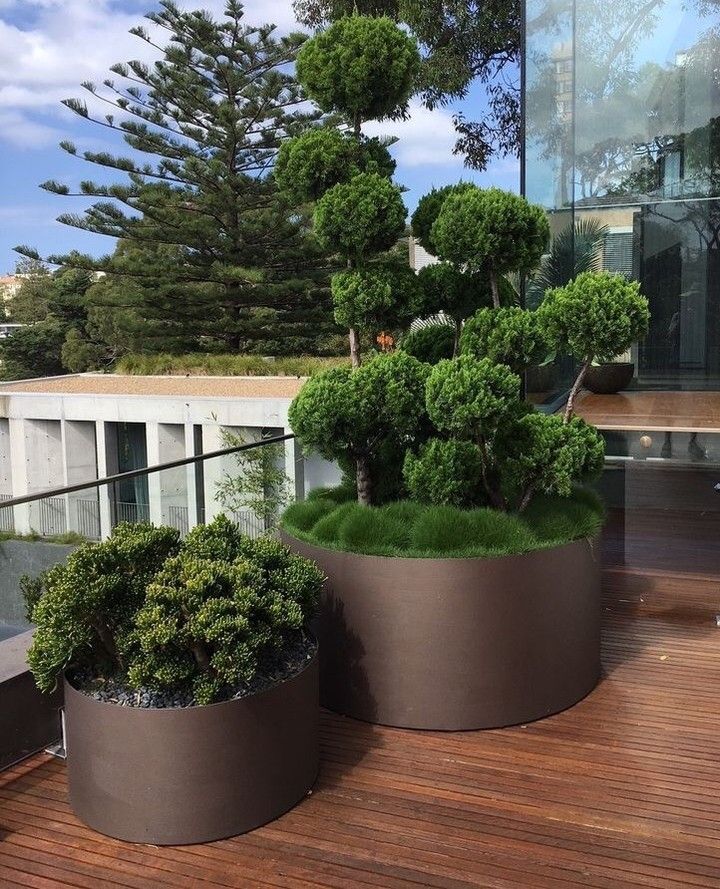 Moreover, it is necessary to cover not only the side walls of the container - there should also be a layer of insulation between the floor and the pot. And the last step is to mulch the soil in the pot with sawdust or peat. With this preparation for winter, your balcony plants will be easier to endure frost. nine0004
Moreover, it is necessary to cover not only the side walls of the container - there should also be a layer of insulation between the floor and the pot. And the last step is to mulch the soil in the pot with sawdust or peat. With this preparation for winter, your balcony plants will be easier to endure frost. nine0004
1. Euonymus
Euonymus is a deciduous or evergreen woody plant. Its height depends on the variety. For example, there are low-growing creepers and true trees up to 10 m high. For growing in containers, low shrubs with a height of about 1 m are most often used. bronze. However, there are varieties with variegated leaves that are attractive at any time of the year. nine0004
Euonymus inflorescences are unattractive, but the fruits (they, like the rest of the plant, are poisonous!) - four-seed pods - are very decorative. When ripe, they turn burgundy, crimson, purple, pink or yellow.
The optimum temperature for euonymus in summer is 18-20°C.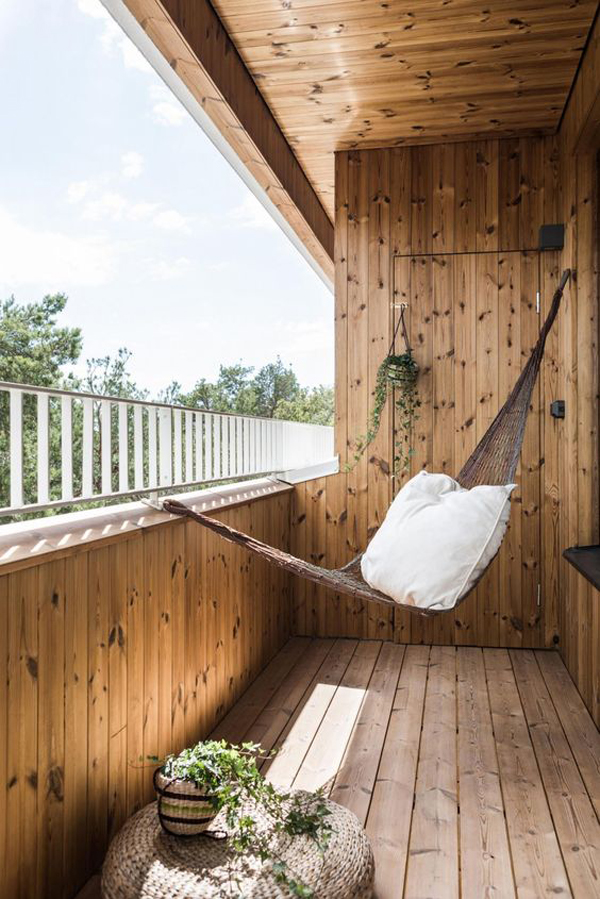 In winter, it is able to withstand drops to several degrees below zero, but the walls and bottom of the pot must be insulated. Fortune's euonymus is considered the most winter-hardy - an evergreen shrub with variegated leaves. This undersized plant can survive frosts of 20°C. nine0004
In winter, it is able to withstand drops to several degrees below zero, but the walls and bottom of the pot must be insulated. Fortune's euonymus is considered the most winter-hardy - an evergreen shrub with variegated leaves. This undersized plant can survive frosts of 20°C. nine0004
2. Heather
Heather is a perennial evergreen shrub. Its size varies from variety to variety, but even the tallest specimens barely reach a height of 50 cm, so this plant is just perfect for growing in containers.
Heather is easy to care for. The only thing he really needs is acidic soil with a pH level of no higher than 3.5-5.5. In alkaline soil, the plant will simply die.
Most varieties of heather are winter-hardy and tolerate winters well in the middle zone. For example, heather grade Allegro is able to withstand 20-degree frost in open ground. To help heathers growing in a balcony container survive the cold winter, insulate the pot and cover the surface of the soil with a layer of mulch.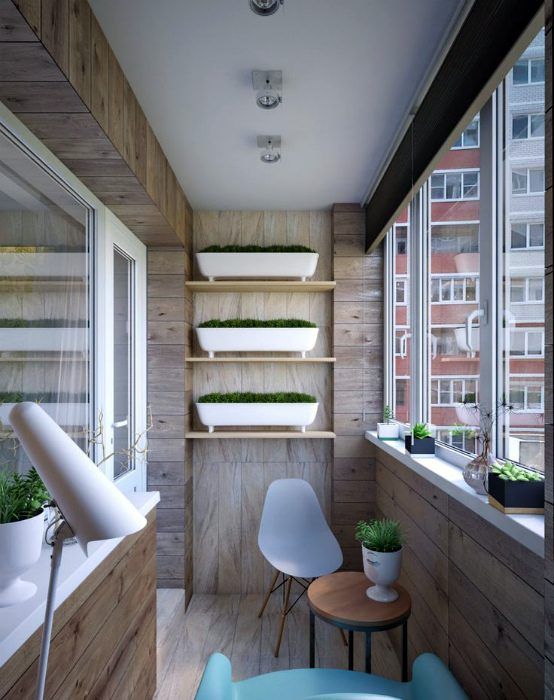
3. Wintergreen
Gaultheria procumbens is still unknown to many gardeners. However, it is perfect for growing in our conditions, because. able to withstand even 30-degree frosts. nine0004
Wintergreen is a low (only 10-15 cm) evergreen shrub. Green leaves (they have a characteristic smell) acquire a beautiful crimson color when the temperature drops. Flowers, depending on the variety, may be white or pink; berries are bright red or dark blue. A bush with red berries is often used to create New Year's decor.
Wintergreen is a "relative" of heather: both plants belong to the Heather family. However, unlike heather, it cannot be called undemanding to care. In order for wintergreen to show itself in all its glory, it needs slightly acidic, loose, humus-rich soil. Drought can kill the plant, so soil moisture levels should be checked regularly. However, excessive moisturizing wintergreen is also contraindicated, because. can lead, like drought, to the death of the plant.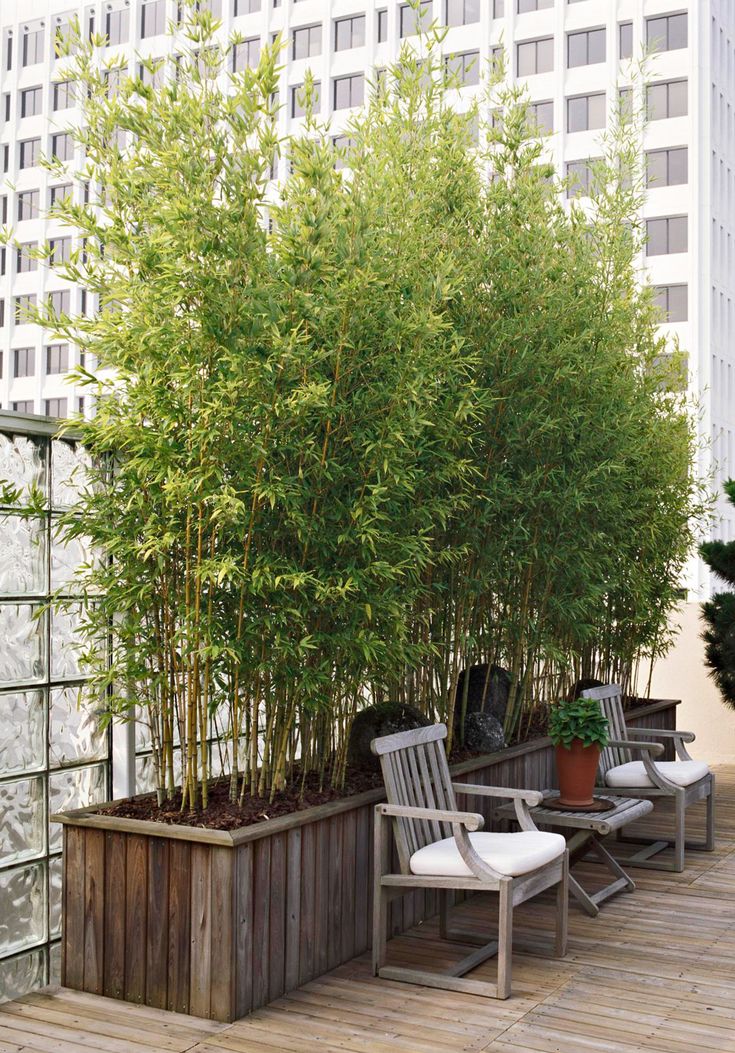 To prevent this, put a layer of drainage on the bottom of the container when planting. nine0004
To prevent this, put a layer of drainage on the bottom of the container when planting. nine0004
4. Heuchera
Geichera is loved by many for the incredible shades of its leaf blades, which are rarely seen in our climate. Geyhera leaves can have not only the traditional green, but also scarlet, maroon, pink, purple, yellow, amber and even black. In addition, there are varieties and hybrids with variegated leaves: you can see various patterns, spots, and colored veins on them.
However, now there are geyhera hybrids, in which you can admire not only the leaves, but also the flowers. Delicate small flowers appear on long peduncles and delight the eye throughout the summer. Their colors are quite diverse: yellow, white, blood red, burgundy and crimson. nine0004
Geichera are undemanding to the conditions of detention, they can even endure drought. However, when planting, try to prepare the “right” soil for them: fertile, breathable and slightly alkaline.
5.
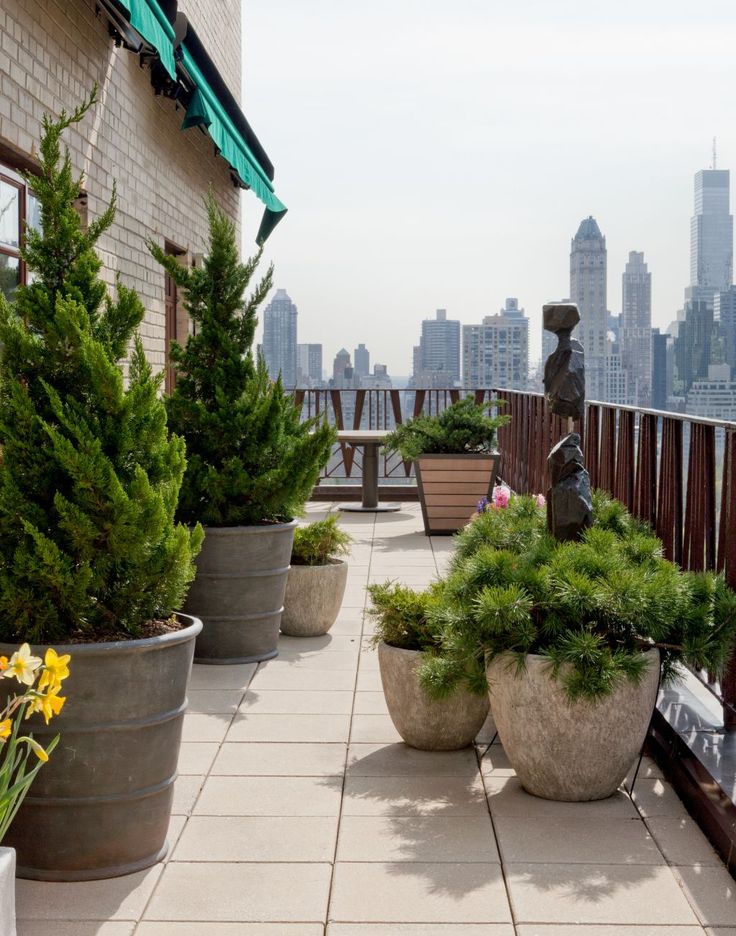 Boxwood
Boxwood
Boxwood bushes can be of different sizes. For growing on a balcony, varieties of Chinese boxwood are most suitable (it can also be found under the name small-leaved boxwood), which grows less than 1 m in height. In addition to size, Chinese boxwood is suitable for cultivation in the middle lane and due to its ability to withstand 15-20-degree frost. Even if the tips of the shoots freeze slightly in winter, you don’t have to worry: after spring pruning, the bush quickly recovers. To help the plant, cover the crown of the bush and containers for the winter. nine0004
Boxwood should be planted in fertile light soil with an alkaline reaction. Best of all, the shrub develops in partial shade, it can grow even in a shady place, but the southern balcony with the scorching rays of the sun does not suit it.
6. Sedum (sedum)
Sedum is a plant loved by many gardeners. In the garden you can find many types of stonecrop, but not all are suitable for growing on the balcony.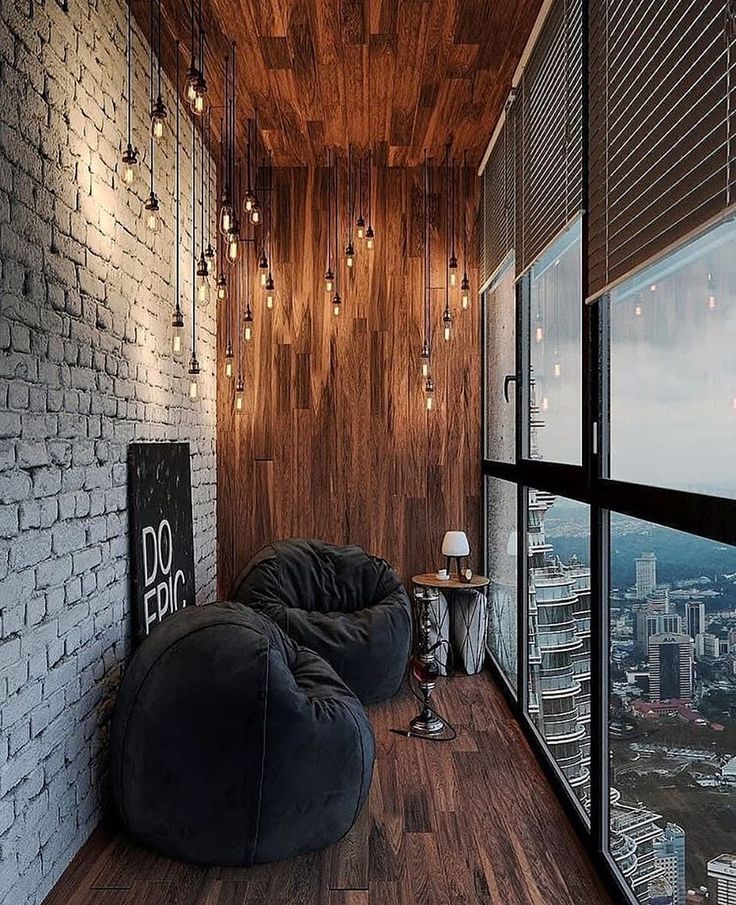 For a container garden, you should choose only frost-resistant varieties, and there are quite a few of them. And among them there are both tall and ground cover varieties. The latter (for example, stonecrop cornflower blue and stonecrop hybrid) are used as ampelous plants. Of the tall ones on the balcony, most often they grow stonecrop prominent and ordinary stonecrop (telefium). nine0004
For a container garden, you should choose only frost-resistant varieties, and there are quite a few of them. And among them there are both tall and ground cover varieties. The latter (for example, stonecrop cornflower blue and stonecrop hybrid) are used as ampelous plants. Of the tall ones on the balcony, most often they grow stonecrop prominent and ordinary stonecrop (telefium). nine0004
All stonecrops are low maintenance plants that can grow in full sun or partial shade. Unlike most crops, they prefer sparse rather than nutritious soil. As for moisture, ground cover species do not require frequent watering, but tall ones need more moisture.
7. Coniferous
Conifers are decorative all year round: their green, blue, gray and yellow foliage looks attractive even in winter. It is for this reason that they are often used in landscape design. If you do not have your own summer cottage, but you want to admire these evergreens, try growing them on the balcony.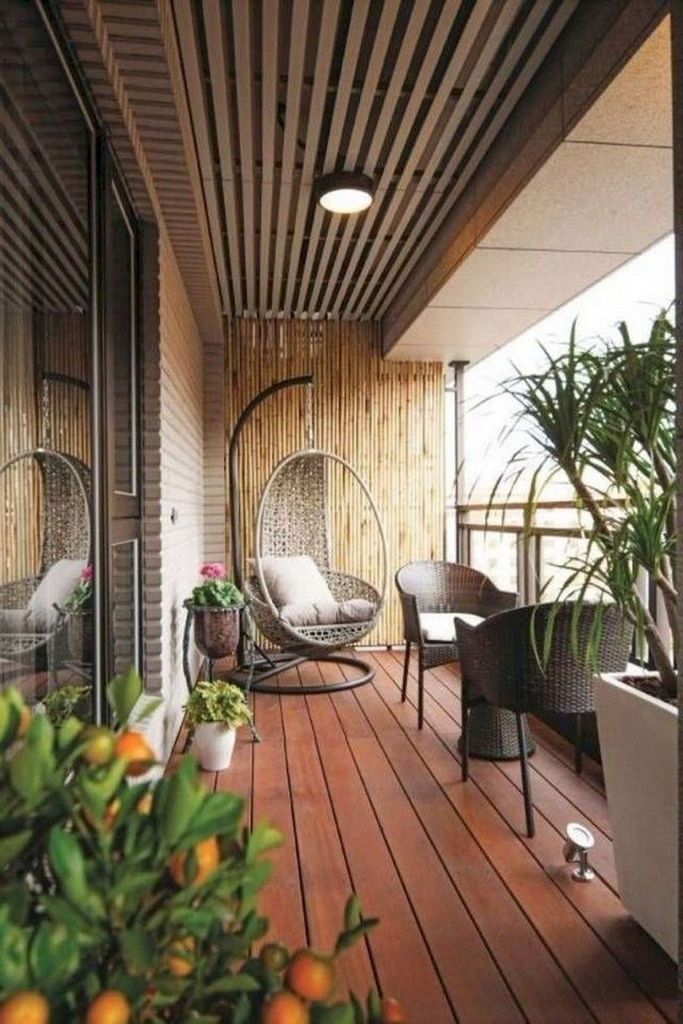 This is easy to do - you just need to choose varieties that are characterized by small sizes. And such breeders have already created a lot. nine0004
This is easy to do - you just need to choose varieties that are characterized by small sizes. And such breeders have already created a lot. nine0004
Which conifers can be grown in containers? We list the most popular species and varieties:
- Norway spruce - varieties Echiniformis, Nidiformis, Little Gem ;
- Canadian spruce (gray) - varieties Conica, Daisy's White ;
- Weymouth pine (eastern white) - grade Radiata ;
- mountain pine - varieties Humpy, Winter Gold ;
- scaly juniper - grade Blue star ;
- common juniper - varieties Depressa Aurea, Anna Maria ;
- Pea cypress - variety Filifera Nana and others
Although conifers winter well outdoors, specimens grown in containers should be covered for the winter so that their roots do not freeze.
8. Erika
Erika is a low (grows no more than 25 cm) plant of the Heather family. Some even confuse this evergreen shrub with heather, but these are completely different plants. nine0004
Some even confuse this evergreen shrub with heather, but these are completely different plants. nine0004
Erica is gaining more and more popularity among gardeners due to its unpretentiousness and long flowering period. Its buds are painted in late September - early October and continue to delight with flowers until May (in the open field, plants leave with buds under the snow, and continue to bloom in spring). During this period, the container with the plant should be in a lit place (the best option is diffused light), because. in the shade of erica will not bloom well. Immediately after flowering, the bush is pruned.
9. Filamentous yucca (yucca filamentosa)
If your balcony or loggia is well insulated and the temperature there in winter does not drop below zero, plant Filamentosa yucca there, which can be found in Russia under the name "garden yucca". This evergreen shrub is good not only during flowering, when creamy white or pale yellow bell-like flowers appear on a long peduncle. Yucca is also decorative after flowering, thanks to gray-green dense leaves growing directly from the ground. nine0004
Yucca is also decorative after flowering, thanks to gray-green dense leaves growing directly from the ground. nine0004
Yucca needs good lighting, moist air and loose soil with a large proportion of sand. Otherwise, she is quite unpretentious. Watering should be moderate, because. excess moisture can lead to root rot and death of the plant.
To prevent the yucca from losing its leaves in winter, it is better to cover the plant.
10. Japanese Pieris
Japanese pieris is another plant in the Heather family that is great for container gardening. This evergreen flowering shrub can be a decoration of the balcony at any time of the year. Pieris blooms in early spring, in March-April. White bell-shaped flowers hang from the branches in long tassels and emit a light fragrance. nine0004
Also of interest are the glossy leaves of Pieris japonica, which change color over time. Young leaves may be creamy white, pink or red. With age, the color changes to green.
